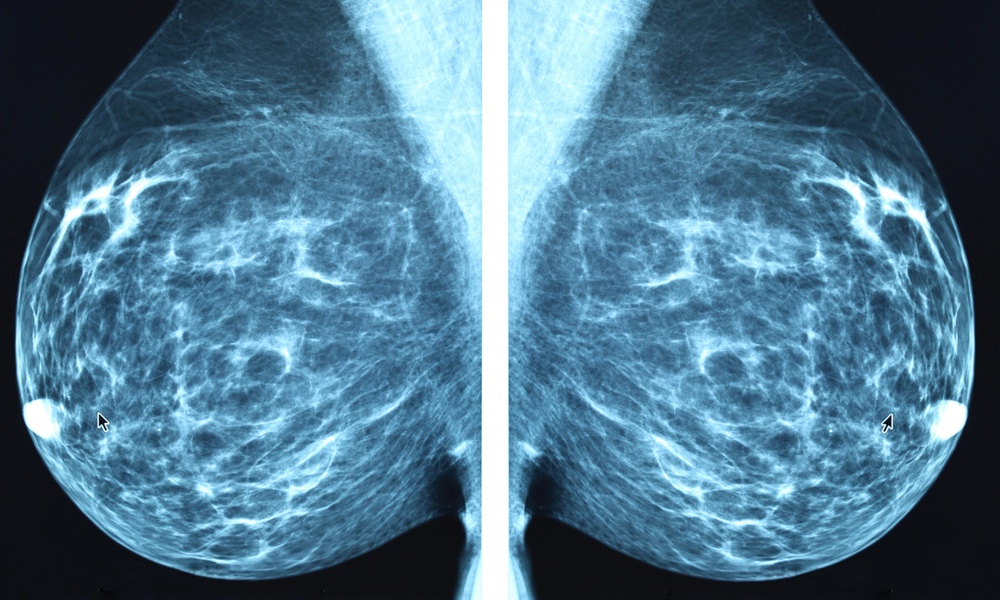There is a new wrinkle in the debate about the value of mammograms as a screening tool for breast cancer. A study of almost half a million women has found that adding 3D mammography, or tomosynthesis, to 2D digital mammography helps detect more invasive cancers and reduces the number of women called back for additional imaging, as compared to 2D mammography alone.
It makes sense that a three-dimensional image could help radiologists catch breast cancer sooner. But the results were striking. And the sheer number of patients enrolled in the study give the results statistical significance, Sarah Friedewald, lead author of the study, told TheDoctor.
“I was surprised at how consistent the improvement of screening outcomes was despite the diversity among study sites,” said Friedewald, section chief of breast imaging at Advocate Lutheran General Hospital in Park Ridge, Illinois. The sites involved in the study represented a geographically diverse mix of both academic and non-academic institutions, and were staffed by specialist and non-specialist radiologists.This study confirms what we already know: 3D mammography finds more of the invasive, harmful cancers we want found and saves women the anxiety and cost of having additional exams for what turns out to be a false alarm.
The addition of tomosynthesis to 2D mammography resulted in a 41 percent increase in the detection of invasive cancers compared to 2D mammography alone, and a 15 percent decrease in frightening and unnecessary recalls for false alarms.
There was also a 29 percent increase in the detection of all breast cancers with tomosynthesis.
“This study confirms what we already know: 3D mammography finds more of the invasive, harmful cancers we want found and saves women the anxiety and cost of having additional exams for what turns out to be a false alarm,” said the study's co-author Donna Plecha, Director of Breast Imaging at University Hospitals Case Medical Center in Cleveland.The findings cannot answer the question of whether or not tomosynthesis saves lives and whether the tradeoffs regarding cost and accuracy make it a worthwhile new screening tool.
The 3D machines are considerably more expensive to buy, however, and at the moment only one company, Hologic, offers tomosynthesis technology approved by the U.S. Food and Drug Administration. General Electric and Siemens also have 3D breast imaging technologies that are currently in use overseas. They are expected to eventually introduce their technologies in the U.S.
But for now, the fact that the technology is quite rare is a limitation. “I am very eager for other companies’ tomosynthesis technologies to get approved, because I would like to see what their technology is like,” said Friedewald, since they may not all perform the same way. That is one of the limitations of the current study, she explained: the researchers were only able to evaluate one company's technology, because it was the only one available to them.
In the meantime, it is important that women seek regular care and discuss any breast complaints with their doctor so that abnormalities can be detected as early as possible.
The findings cannot answer the question of whether or not tomosynthesis saves lives and whether the tradeoffs regarding cost and accuracy make it a worthwhile new screening tool. Those will require more study. However, Friedewald added, “Scientists know that 2D mammography saves lives, so we can assume that if we have a better technology, we will be saving lives, but we don’t have a direct measurement of that at this point, and we won’t for many years to come.”
Future studies might look more closely at targeting the types of patients who would benefit the most from tomosynthesis, for example, based on age or breast density, said Friedewald.
The study and an associated editorial were published online recently in the Journal of the American Medical Association.





